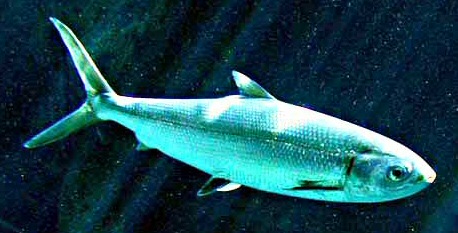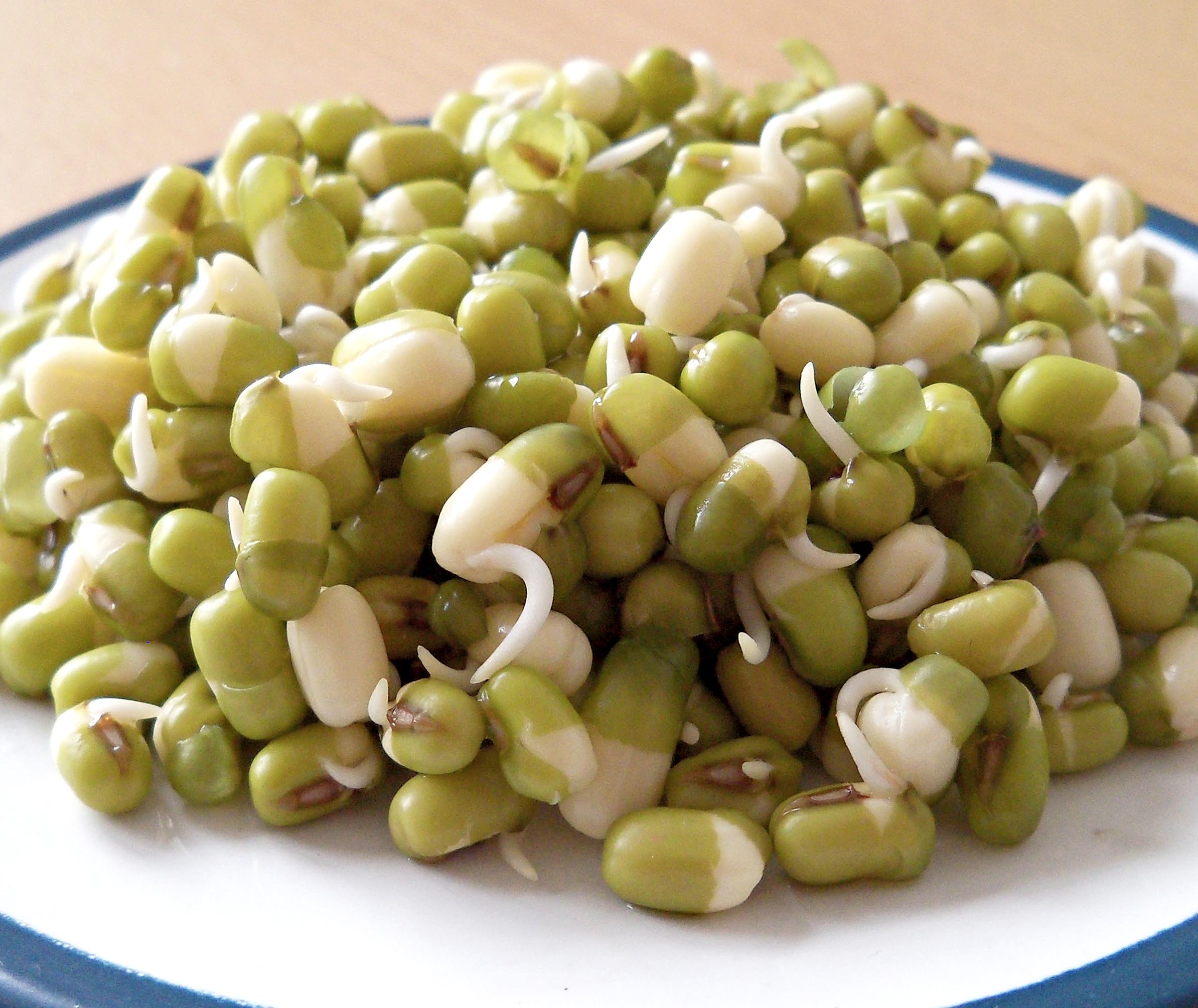Week two was a bit more of a challenge: Don't drink any sweetened beverages. I mostly succeeded at this. I drank a latte instead of a mocha at the coffee shop, and I had a 100% juice when I somehow ended up at Jamba Juice while out shopping. Mostly I've just been drinking a lot of water, and I like it that way. I did stumble twice. The first time, I ended up at a fast food-style Greek restaurant. After paying for my drink, I discovered that they didn't have any unsweetened iced tea (my go-to drink for fast food places) so I got stuck with the house-made lemonade. Oh well. The second time, David bought us an agua fresca (de fresas) at the market, and the person selling it didn't speak enough English to confirm whether it had sugar in it. So the jury's still out on that one (but from the taste, I'm assuming "yes." And let me just say - it was delicious).
Today was the day to buy groceries for weeks three and four. One of those challenges is super easy -- "Buy nothing low-fat or fat-free." The rationale being that when food manufacturers artificially remove fat, they often replace it with sugar and chemicals. For the most part the only thing I had to avoid buying "light" was dairy. I still don't have a good source for raw milk (or even local milk) but I did get some organic whole milk, so that's a start.
The other challenge is more fun: Eat two new whole foods per week. I actually went slightly over and got six new foods instead, because I'm an over-achiever. Here are the foods I got -- along with a bit of fun information about them.
Watercress
A semi-aquatic plant in the Brassica family (along with broccoli and cabbage), watercress was one of the first leafy vegetables to be eaten by people. It goes back at least as far as ancient Greece, and it's mentioned in the Talmud. Apparently it also makes up a primary part of a swan's diet. Nutritionally, it's a power-house: iron, calcium, iodine, folic acid, and vitamins A and C as well as antioxidants. It's also been reported to have some medicinal qualities, including as a diuretic, expectorant and digestive aid, and it's rumored to have some anti-carcinogenic properties.
Because it's so delicate, you have to eat watercress pretty much as soon as you get it home. You can eat it raw or cook it. It tastes sort of spicy and a little bitter, almost like mustard greens, but the flavor is much more mild. When you cook it, the flavor mellows and picks up a flowery hint.
Milkfish
The local Asian market has an amazing selection of fresh fish. David's always very excited about picking them out because he'd always thought he didn't like fish -- until he had some real fresh fish. After surveying our options, we ended up bringing home a milkfish, which are native to the Indian and Pacific oceans and spend some time in swamps and estuaries before heading back to the sea. Ours -- like pretty much all other milkfish you'll find sold -- was farm-raised. They live on a diet of algae and invertebrates and make up an important part of the diet for people in the Philippines.
If you're looking for recipes, it may help to search for their other common names, "bangus" or "chanos chanos." When preparing these guys, be careful of the bones as these are very bony fish. There are about a billion different ways to cook and eat it, but pan-frying seems to be one of the most popular. Here's some more information about cooking them.
Lotus Root
The root -- or, actually, the sunken stem -- of the aquatic lotus blossom. Lotus plants have a long, somewhat sacred history in Asia, especially in Buddhist countries, where it's a symbol of purity. The root is commonly used in varying types of cuisines.
They're a great source of fiber, and they also provide thiamin, vitamin B6, potassium, phosphorous, copper and manganese. They also have about 27% of your necessary vitamin C. Here's a few tips for preparing them.
I had this once in a pho and fell in love with it, though I had absolutely no idea what it was and didn't find it again until discovering it at the Asian market. It has a flavor and texture somewhat similar to jicama, and it plays well with others in soup. The easiest way to prepare it is to peel and slice it, then boil it in vinegared water to remove some of the tannins that lend bitterness to it. After boiling for a minute or two, you can pull it out to use as a crunchy ingredient, or you can keep boiling it and put it in soup.
Flax Seed
Cultivated as far back as ancient Egypt, flax used to be an extremely common clothing fiber. Some evidence suggests flax was spun and worn in pre-historic times, dating back to 30,000 B.C. The seeds are eaten as-is or made into oil.
These things are chock-full of fiber and omega-3s as well as a whole slew of nutrients: thiamin, riboflavin, vitamin B6, folate, vitamin C, calcium, iron, magnesium, phosphorus, potassium and zinc. There's some research that suggests it might play a role in reversing diabetes, high cholesterol and cancer, but the jury's out on just how accurate all that is.
So what do you do with this stuff? First, you can mix it into things, like yogurt or muffin batter. Lots of people like putting them in smoothies. You can also pound it down into a flour-like substance and use it in various baked goods. The easiest way to do that is to grind it in a coffee grinder.
Mung Beans
These little guys are native to India, but they're grown throughout Asia and the southern U.S. They can be cooked and eaten or sprouted. Cooked, they can be substituted for lentils in most dishes.
They're packed with fiber and vitamin C, and they're also a good source of protein, thiamin, niacin, iron, magnesium, and a bunch of other things.
Before we went to the Asian market today, we stopped off at Pho Saigon. While we were eating our lunch, we got to musing about just how yummy bean sprouts are, and it made me think I needed to buy some mung beans and sprout them myself. I'm curious to try them cooked.
Kale
During the Middle Ages, this was one of the most popular and common green vegetables eaten. My vegetarian friends have been riding me to try this stuff since forever, so I'm finally giving in.
This humble vegetable is another of the brassicas, closely related to cabbage. It's high in beta carotene, vitamin K, vitamin C and calcium. It's also rumored to have some cancer-fighting properties.
You can eat it cooked or raw. I hear you can dehydrate it into a delicious chip, so I'll be trying that. It can also be mixed into things or even snuck into smoothies.


_-_geograph.org.uk_-_547759.jpg)





No comments:
Post a Comment